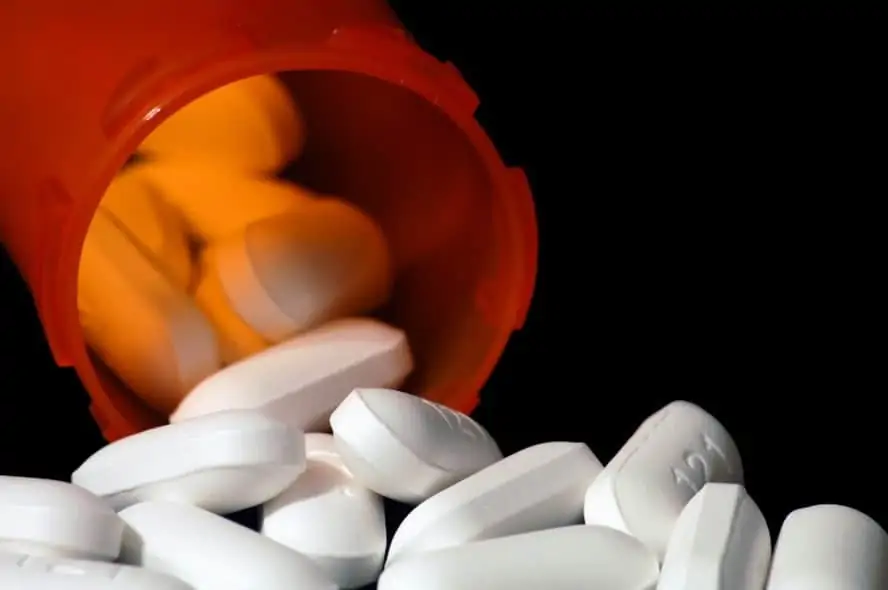
According to the Centers for Disease Control and Prevention (CDC), 48.6% of persons have used at least one prescription drug in the past 30 days and 24% use three or more prescription drugs in the past 30 days. Each year over 336 million drugs are prescribed in U.S. hospital emergency rooms.
The U.S. Food and Drug Administration (FDA), recalls on average 4,500 drugs and devices each year. The recalled products have FDA approval and, in many cases, are widely ingested, injected or implanted before being recalled. Although the FDA may identify concerns regarding the safety of a drug, it is the responsibility of the drug manufacturer to initiate and execute a recall. However, the FDA does have the power to mandate the recall of a device.
According to drugwatch, when the FDA identifies a product for possible recall — usually, through adverse event reports — it will conduct a health hazard evaluation. The agency assembles a special committee of scientists to review the drug or device.
The Committee Takes into Account the Following Factors:
- Diseases or injuries that may have already been caused by the product
- Existing conditions that could be a contributing factor (documented with scientific evidence)
- The level of hazard to special segments of the population, such as children or the elderly, and those who could be at greatest risk
- The seriousness of the health hazard and level of risk to exposed populations
- Consequences of long-term or immediate health hazards
Recall Classification
The FDA classifies each recall based on the severity of injury that the product may cause. In addition, manufacturers may conduct market withdrawals or medical devices safety alerts.
Class 1 Recall
This is the most serious type of recall. There is a reasonable probability that the product will cause serious adverse events or death. Products such as pacemakers, heart devices and lifesaving drugs fall into this category.
Class 2 Recall
The majority of recalls fall in this category. Products under a Class II recall can cause temporary or reversible adverse events. Many medical implants, such as hips or knees, fall in this category. Injuries from Class II devices can still be serious, but are not typically life-threatening.
Class 3
These products are not as likely to cause injuries.
Market Withdrawal
Is defined as the firm’s removal or correction of products that have minor or no violations. The manufacturer will pull the product from the market or correct the violation. These products don’t typically show evidence of manufacturing problems.
Medical Device Safety Alert
Manufacturers or the FDA — usually both — will issue an alert when a medical device may cause risk of serious harm. Sometimes, these are also classified as recalls.
When drug recalls are made for drugs that have been in the marketplace and have caused harm to individuals, consumers often band together to bring massive lawsuits against the drug manufacturer of the recalled defective drug. These lawsuits can become “Class Action” lawsuits or be assigned to a “Multi-District Litigation”, or “MDL”. to make the case handling more efficient. Some recent examples of successful massive drug suits involved:
- Fen-Phen
- Opiates
- Teligent
- Vioxx
- Bextra
- Thalidomide
- Baycol
- Rezulin
The FDA provides a list of its updated recalls, market withdrawals and safety alerts on their web site. (fda.gov/drugs/drug-safety-and-availability/drug-recalls.)
